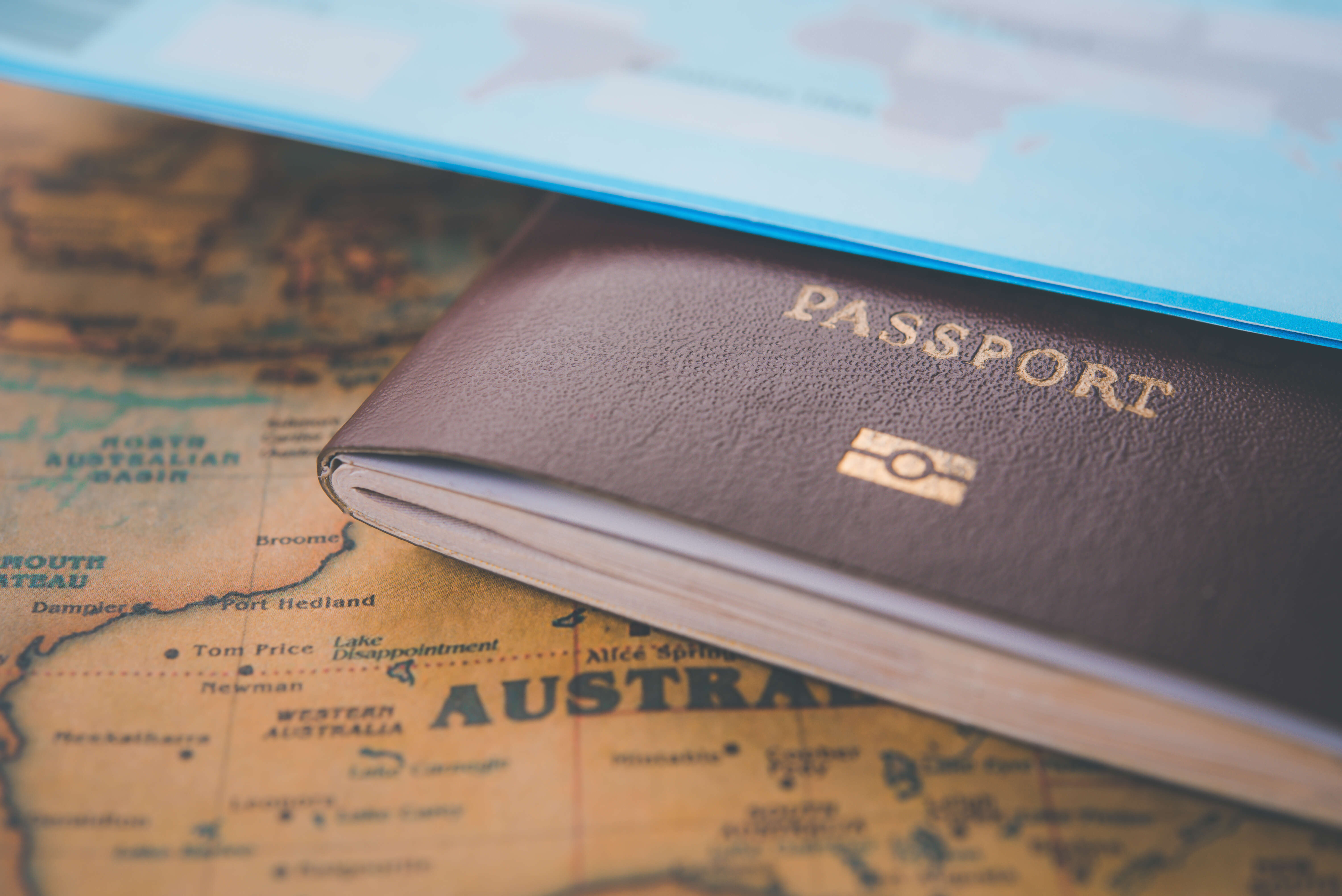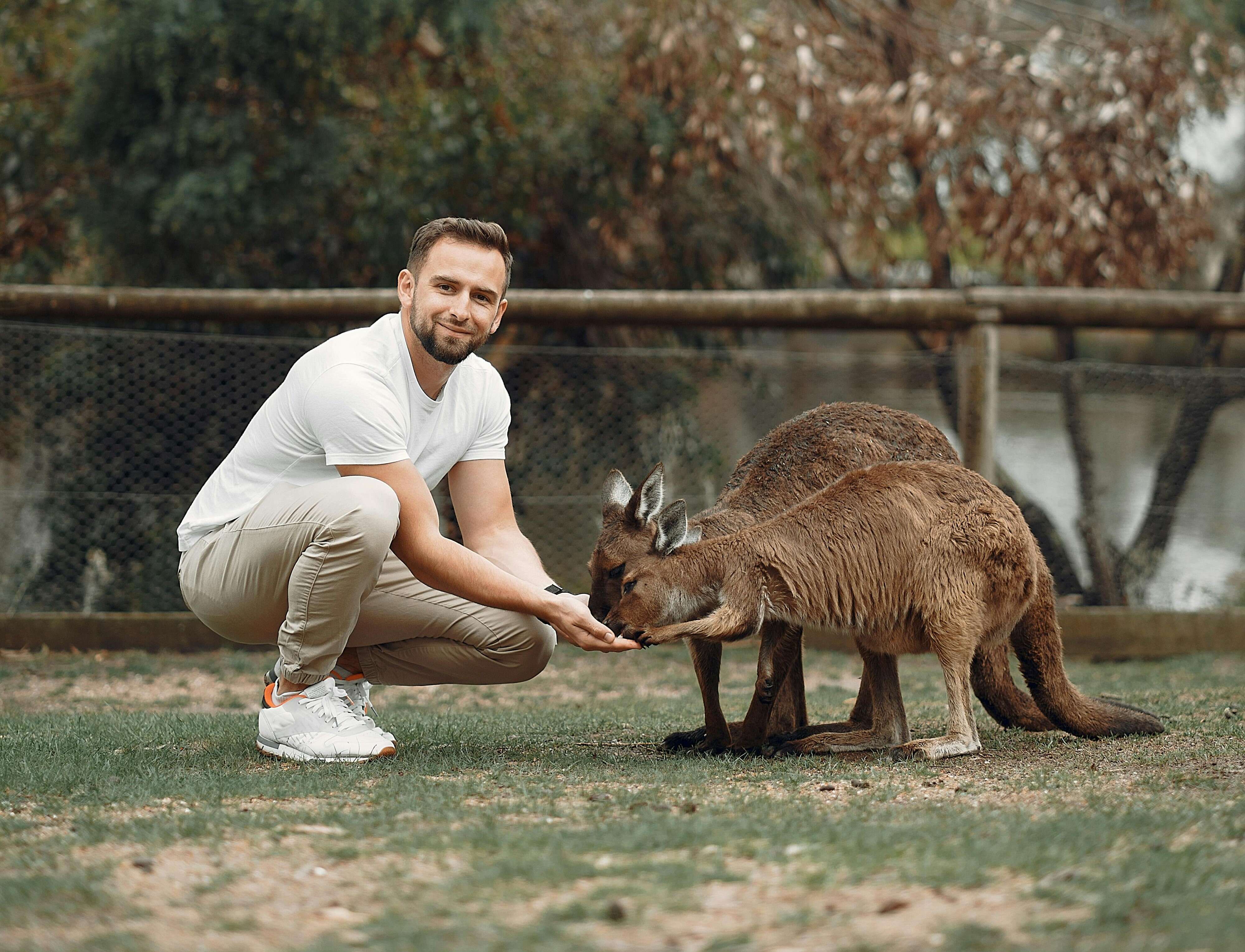The National Innovation Visa (NIV) replaced the Global Talent Visa (GTV) from 7 December 2024. However, the new NIV is still subclass 858. So, what changed and what stayed the same?
Here we discussed the similarities and differences between the old Global Talent Visa and the new National Innovation Visa Australia.
Complete the free NIV assessment
Internationally recognized record of exceptional and outstanding achievement
What stayed the same
Both GTV and NIV are for those individuals who have an internationally recognized record of exceptional and outstanding achievement in a profession, a sport, the arts and academia and research.
Like the GTV, applicants for the NIV must be prominent in their area, would be an asset to Australia and would not have difficulty in obtaining employment or in becoming established independently in Australia in their area.
What changed
For the National Innovation Visa, Ministerial Direction No 112 provides the priorities for assessing the applications. With global experts and recipients of top of field international awards will be given top priority followed by those who are nominated by an expert Commonwealth or State or Territory government. The third and fourth priorities will be those working in the tier 1 and tier 2 priority sectors respectively.
The Ministerial Direction also provides for the factors or considerations as to how the achievements are assessed such as whether they have received national research grants, whether they hold a PhD degree with high levels of academic influence or thought leadership.
Previously, athletes, creatives and the like apply under the Distinguished Talent pathway of sc-858. Now all NIV applicants are processed under the same pathway. Innovators, innovative entrepreneurs and investors are also targeted as potential applicants for the NIV.

Sectors
What stayed the same
There are still priority sectors for the National Innovation Visa.
What changed
For the NIV, the sectors are now used to determine the priority in processing and are now classified into 2 tiers. Those falling into the tier 1 priority sector will be given the third priority and those in the tier 2 priority sector will be given the fourth priority.
GTV sectors | NIV Sectors |
· Resources · Agri-Food and AgTech · Energy · Health industries · Defence, advanced manufacturing and space · Circular economy · DigiTech · Infrastructure and tourism · Financial Services and FinTech · Education | Tier 1: · Critical technologies; · Renewables and low emission technologies; · Health industries. Tier 2: · Agri-food and Ag-tech; · Defence capabilities and space; · Education; · Financial services and FinTech; · Infrastructure and transport; · Resources |
The big change in terms of sectors is that DigiTech has been removed.
This is a major change because we previously found that the number of expressions of interest from DigiTech was very high, and the number of invitations issued accounted for 50% or more of the overall Global Talent Visa allocation.
Some of those candidates who previously fit into DigiTech now look at other sectors, such as critical sectors, which include AI, and the financial sector in FinTech, which has specializations including: Innovations in application programming, Blockchain engineering, Cloud technologies, FinTech cyber and data security, Financial data science and analysis and Software engineering.
Fair Work High Income Threshold is Still a Measure of High-Caliber Talent
The new priorities include many more objective measures, such as awards, but they still reference the ability to meet the Fair Work high income threshold.
The Fair Work high income threshold is currently $175,000 per year, and this amount increases every year on July 1st.
With the inclusion of many more criteria, the importance of demonstrating that you can meet the Fair Work high income threshold may have been somewhat diluted.
Nomination
What stayed the same
Just like for the Global Talent Visa, nomination is still required for the National Innovation Visa and a completed Form 1000 is still required at the time of the visa application.
The nominator is still required to have a national reputation in the same area as the applicant.
What changed
An expert Commonwealth or State or Territory government are now also able to nominate applicants for the NIV.
Those applicants referred by or nominated by an expert Commonwealth or State or Territory government are given top 2 priority in the processing of the applications.
Expression of Interest (EOI)
What stayed the same
The EOI is still submitted via a webform on the Department of Home Affairs website.
What changed
Unlike the Global Talent Visa, the EOI is now mandatory in order to have a valid application for the National Innovation Visa. Previously, those applying for sc-858 under the Distinguished Talent pathway are not required to be invited in order to apply for the GTV.
The processing of the GTV EOIs took about 3-6 months to be processed and if it was endorsed by a Global Talent Officer EOI is able to be processed in a few days. For the NIV, the Department of Home Affairs will invite applicants throughout the year and the submitted EOIs will be in the Department’s system for 2 years and they will expire.
For the GTV, the invitations used to expire after 12 months then the Department changed the policy and the EOIs had no expiration.
For the NIV, invitations are only valid for 60 days, that is, the applicant must apply for the NIV 60 days from the date of the invitation.
****
Having successfully assisted hundreds of applicants for the Distinguished Talent and Global Talent visas, we are now helping clients with the latest talent-focused visa—the National Innovation Visa.
If you’re interested in applying for the National Innovation Visa, we encourage you to contact us. You can also complete our free assessment to determine your eligibility for an invitation.
Sources:
https://immi.homeaffairs.gov.au/visas/getting-a-visa/visa-listing/national-innovation-visa-858
https://immi.homeaffairs.gov.au/visas/working-in-australia/visas-for-innovation/national-innovation-visa/priorities
































